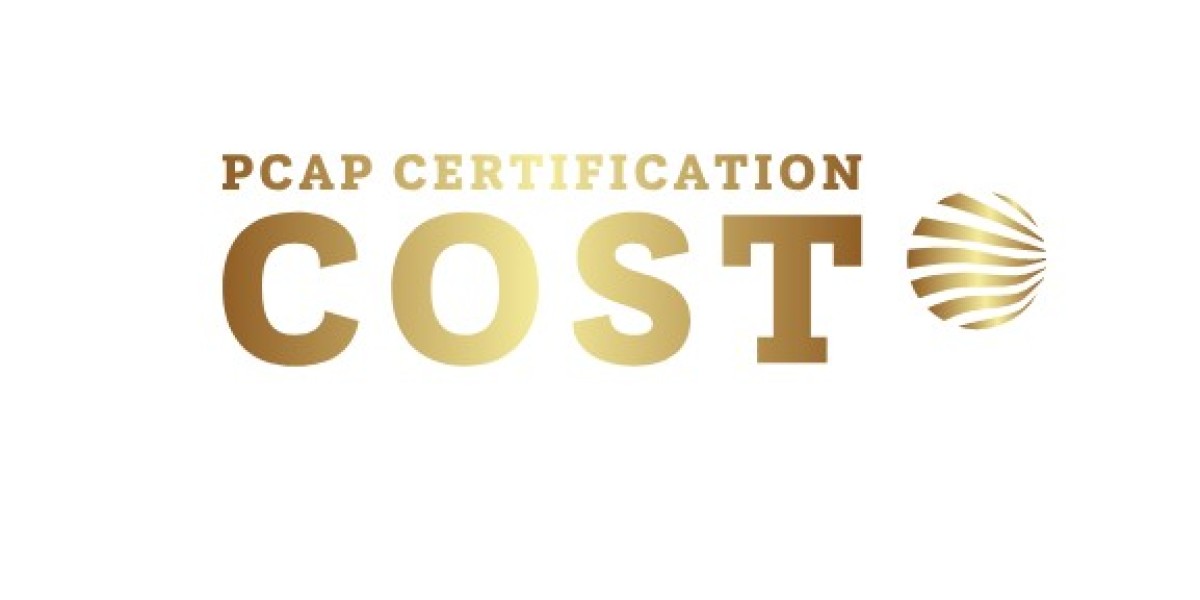Staying ahead in the competitive world of SEO takes more than just a solid strategy; it also entails constantly modifying and refining your approach based on the competitive landscape. Competitor analysis is a basic procedure that provides detailed insights into how competitors perform and enables you to adjust your SEO strategy efficiently. Here's a detailed look at how competitor analysis influences and improves your SEO strategy.
- Identifying Key Competitors
The first stage in competitor analysis is to establish who your main competitors are. Direct competitors sell similar products or services in the same market, whereas indirect competitors may offer alternate answers to the same client needs. Use Google Search and industry reports to find these players. Consider both existing firms with a large market share and rising ones that may represent future issues. Understanding your competitive environment allows you to focus your efforts on the most relevant opponents, giving you a more accurate picture of what you're up against.
- Analyzing Competitor Keywords
Keywords are crucial to SEO, and examining the keywords that your competitors use can provide valuable data. Use tools like SEMrush, Ahrefs, or Moz to learn which keywords attract traffic to your competitors' websites. Consider both their major and long-tail keywords. Determine keyword difficulty, search volume, and competition intensity to identify high-value prospects. This research identifies not just which keywords are effective for your competitors, but also potential gaps in your keyword strategy. Furthermore, tracking term trends over time might help you react to shifting search patterns and stay relevant.
- Evaluating Content Strategy
Content is essential for engaging users and boosting SEO. Examine your competitors' content strategies, including blogs, articles, videos, infographics, and other material. Examine their content kinds, post frequency, and themes covered. Examine their content structure, including the usage of headers, keyword density, and readability. BuzzSumo is a tool that can help you uncover the most popular content in your niche based on social shares and engagement data. This knowledge enables you to create content that fills gaps, addresses popular themes, and outperforms competitors in terms of quality and relevancy.
- Assessing Backlink Profiles
Backlinks are an important ranking component, and researching your competitors' backlink profiles delivers strategic benefits. Use tools such as Ahrefs or Majestic to investigate the number and quality of links pointing to their websites. Determine which high-authority domains link to their material, as well as the content kinds that attract these connections. This research helps you identify potential link-building opportunities for your website. Understanding which content generates backlinks can help you focus your content development efforts on producing similarly link-worthy content, increasing your site's authority and search visibility.
- Reviewing On-Page SEO Elements
On-page SEO is the process of optimizing individual web pages so that they rank higher and receive more relevant traffic. Examine how rivals manage on-page features such as meta titles, descriptions, header tags, and internal links. Tools such as Screaming Frog SEO Spider can assist you in crawling competition websites and gathering data on their SEO tactics. Assess their keyword usage, content structure, and user experience components such as mobile optimization and page speed. This research provides benchmarks for improving your sites to ensure they follow current best practices and deliver a better user experience.
- Monitoring Competitor Performance Metrics
Tracking your competitors' performance data helps you set a standard for your SEO efforts. Use tools like Google Analytics, Google Search Console, and SEO-specific platforms to track key performance metrics like organic search traffic, domain authority, and page load speed. Compare these stats to your own to identify areas for improvement. Monitoring changes in rivals' rankings, traffic, and engagement over time allows you to better understand their strategy and tailor your approach accordingly. This continual monitoring enables you to remain competitive and adapt your methods in reaction to market changes.
- Understanding Competitor Strengths and Weaknesses
Competitive analysis entails determining both strengths and shortcomings. Examine competitors' strengths, such as content quality, user experience, and creative SEO strategies. In contrast, identify areas where they are lacking, such as obsolete content, inadequate mobile optimization, or weak backlinks. This knowledge enables you to capitalize on their shortcomings by filling holes in your strategy. You can design a compelling value proposition that differentiates your company and attracts clients by emphasizing your strengths while addressing their weaknesses.
- Adapting to Market Changes
The digital landscape is always evolving, with changes in search engine algorithms, user behavior, and industry trends.Regular competitor analysis keeps you informed of these developments, allowing you to adjust your SEO strategy accordingly. Observe how competitors react to algorithm modifications or changes in user behavior. This proactive strategy enables you to foresee changes, adapt your strategies, and keep a competitive advantage. Staying adaptable in your plan guarantees that your SEO efforts remain effective and relevant to current market conditions.
- Informing Your Unique Value Proposition
A strong unique value proposition (UVP) differentiates your organization from the competitors. Use competitor analysis data to improve your UVP by emphasizing what distinguishes your company and adds value. Determine how competitors position themselves and find holes in their value offerings. Create a unique value proposition that addresses these gaps and appeals to your target demographic. A captivating UVP not only distinguishes your company but also improves your SEO approach by emphasizing unique selling qualities that attract and retain clients.
- Enhancing Long-Term SEO Strategy
Competitive analysis is an ongoing activity that helps you plan your long-term SEO strategy. Regularly review competitor data to stay current on their strategy, performance, and market positioning. This continual analysis allows you to improve your approach, adjust to changes, and remain ahead of developing trends. Integrating competitor insights into your long-term strategy ensures that your SEO efforts remain relevant, effective, and in line with your business objectives.
Conclusion
Competitor analysis is an essential part of any effective SEO plan, especially for SEO services in London. Examining competitors' keywords, content, backlinks, and performance indicators provides useful data that can help your SEO efforts. Understanding their strengths and limitations enables you to differentiate your offerings, profit from gaps, and respond to market developments. Incorporating competitor analysis into your SEO plan ensures that you stay competitive, effective, and well-positioned for long-term success in the ever-changing London SEO landscape.








